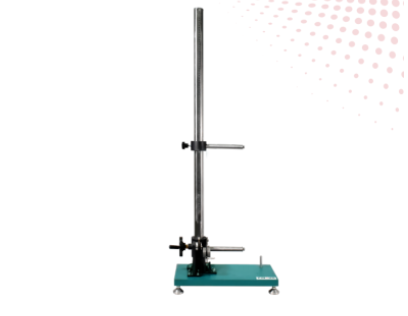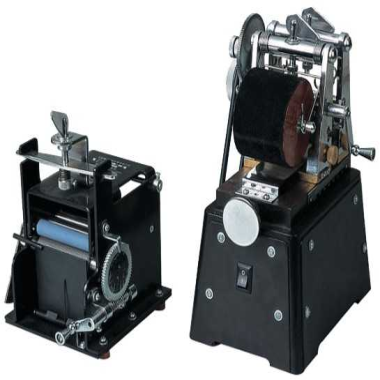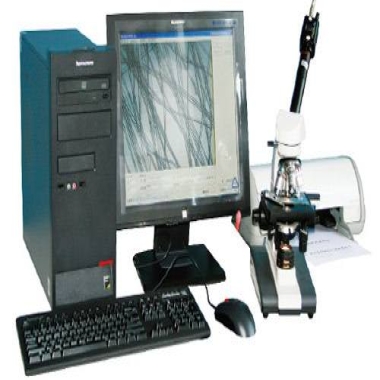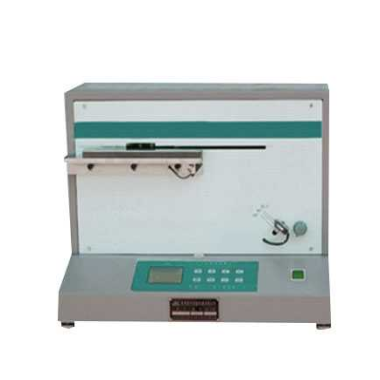Curl elasticity detector
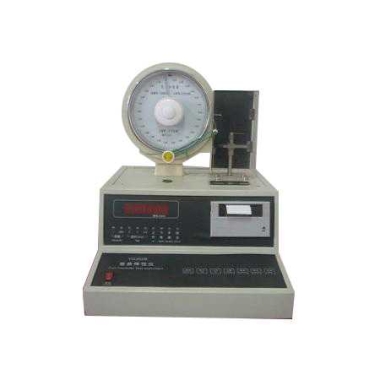
1. Product Introduction & Applications
The Curl Elasticity Detector is specifically designed to determine the crimp, crimp elasticity, crimp recovery rate, and corresponding statistical values of synthetic fibers ranging from 1–22 dtex.
This instrument is equipped with automatic measurement, display, and printing functions. It uses a tension-loading system combined with microcontroller-based displacement counting to ensure high precision and stable operation.
Typical Applications:
Quality inspection of chemical fibers
Laboratory analysis of fiber elasticity and recovery
Production monitoring of synthetic filament and staple fiber
Research institutions evaluating fiber deformation performance
Key Functional Advantages:
Automatic operation including measurement, display, and printing
Microcontroller-based displacement calculation for high accuracy
Stepper motor pulse detection ensures stable and precise displacement readings
Suitable for various synthetic fibers from 1–22 dtex
Provides statistical values for batch testing
2. Conforming Standards
This instrument meets the requirements of:
GB/T 14338 — Method for testing crimp and crimp recovery of chemical fibers
3. Technical Parameters
| Item | Specification |
|---|---|
| Initial Length | 20 mm |
| Lower Holder Travel | 30 mm |
| Minimum Displacement Indication | 0.01 mm |
| Displacement Reading Error | 0.05 mm (within 10 mm) |
| Timing Settings | 0.5 / 1 / 2 min |
| Power Supply | AC 220V, 50 Hz |
| Instrument Dimensions | 460 × 230 × 460 mm |
4. FAQ
Q1: What types of fibers can be tested with this detector?
A1: It is suitable for synthetic fibers with fineness ranging from 1–22 dtex, including filament and staple fibers.
Q2: How is displacement measured?
A2: Displacement is detected through stepper motor pulse signals, which are processed and counted by a microcontroller for precise measurement.
Q3: Does the instrument support automatic data printing?
A3: Yes, it features automatic measurement, display, and printing, making it suitable for quality control environments.
Q4: What parameters can the instrument calculate?
A4: It measures and calculates crimp, crimp elasticity, crimp recovery rate, and their statistical values.
Q5: Is the measurement accuracy sufficient for fine fibers?
A5: Yes. With a 0.01 mm resolution and 0.05 mm reading error, the instrument maintains high accuracy for fine denier fibers.
Leave Message Get Price



